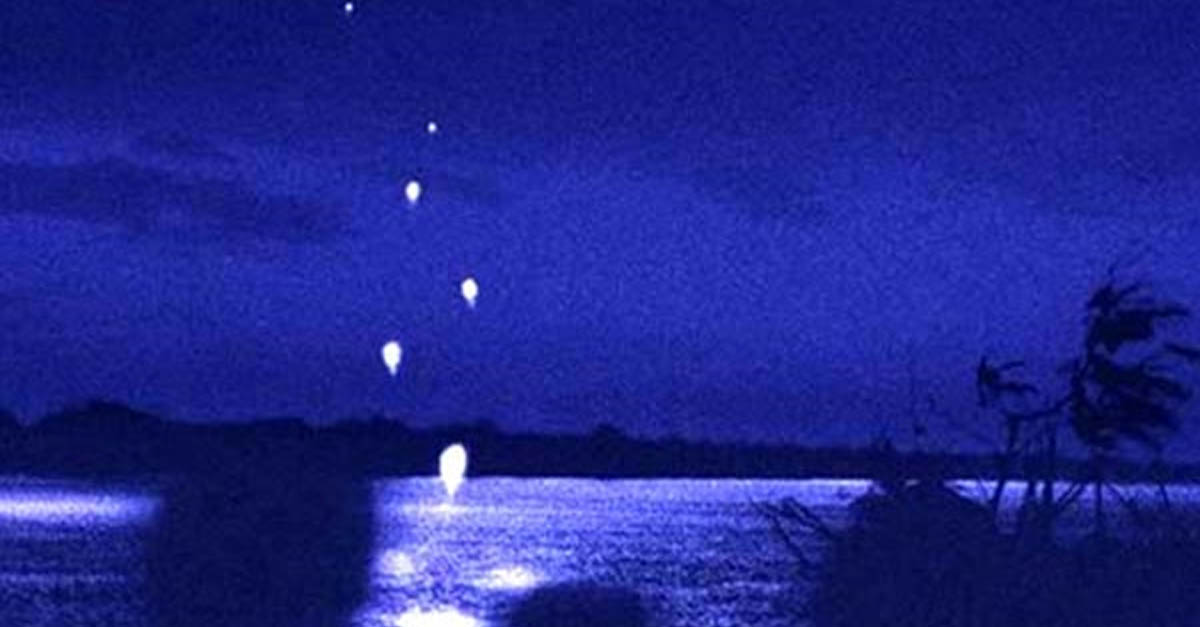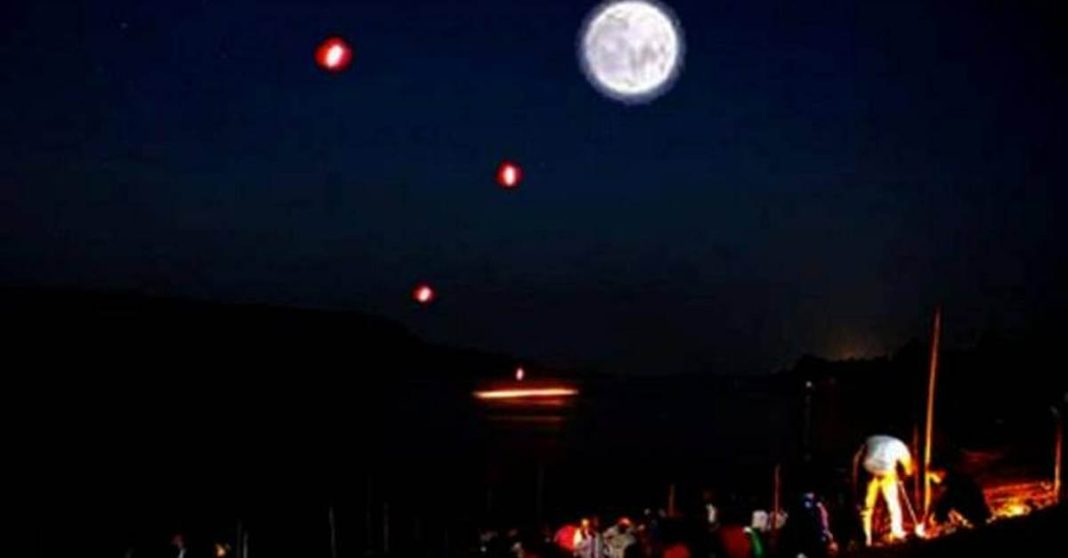In a mesmerizing annual spectacle known as the “Naga Fireball phenomenon”, mysterious glowing orbs emerge from the depths of the Mekong River, where its waters draw a natural border between Laos and Thailand.
These fiery spheres, believed by locals to be a mystical homage from the serpent deity residing beneath the waters – the Naga, have baffled both scientists and enthusiasts for decades. The enchanting display takes place from late October to early November, typically marking the end of Buddhist Lent, which varies every year according to the lunar cycle.
Dubbed the “ghost light” until the mid-1980s, the Naga Fireball has become a widely celebrated yet unexplained phenomenon. As the night of Ock Phansa (the end-of-Buddhist-lent day) approaches, these orbs emerge from the Mekong River banks of Nong Khai – Thailand, and Vientiane – Laos. The eerie fireballs have also been reported rising from smaller water bodies in the area.
The local belief ties this phenomenon to a sacred act of homage by the Naga to the Buddha. However, the source of these fireballs remains a mystery, as science struggles to provide a concrete explanation.
Pong Vannasy, a 35-year-old tour guide and a Naga Fireball enthusiast, explained that no scientific evidence supports the origin of this captivating spectacle. Although Pong may not be an academic authority on the matter, his extensive understanding of Naga Fireball, passed down through generations, has provided him with significant cultural knowledge of the phenomenon.
“Some people speculate that the fireballs might be caused by people shooting objects from outside,” Pong remarked. “However, how can we account for the fact that this phenomenon has been observed since the late 1960s? It seems unlikely that anyone had the capability to create such a remarkable display back then.”
Pong firmly believes in the authenticity of the Naga Fireballs, often playfully referring to them as “monster balls.”
According to the tour guide, the fireballs would ascend above the river’s surface at dusk (from 6 pm onward). When asked where he takes tourists to see this phenomenon, Pong refused to disclose the precise location but revealed it is somewhere in the Pak Ngum district of Vientiane Province.

In 2021, Lao authorities conducted an official investigation amid the backdrop of COVID-19 lockdowns and curfews. The inquiry was prompted by foreign media reports suggesting external interference in the Naga Fireball phenomenon. The investigation uncovered a statement from Lao authorities stating, “Following foreign media reports, someone fired a weapon without our knowledge. I would like to say that it is highly unlikely that they [the accused] shot or fired fire.”
Despite these reports, the authorities emphasized that they had implemented robust police security measures throughout the night and did not encounter any incidents. This statement underscores their conviction that the Naga Fireballs are not the result of external manipulation.
Concurrently, various attempts have been made to offer scientific explanations for the phenomenon, yet the mystery surrounding the Naga Fireballs remains unresolved. The investigation sheds light on the ongoing debate surrounding this fascinating and enigmatic natural spectacle.



